Safari Adventure
– a safari vacation offers a remarkable opportunity to experience the natural wonders of the wild, while enjoying unparalleled luxury and adventure –
Combine All Emotions In A Safari Adventure!
A safari vacation allows travelers to witness iconic species such as elephants, lions, zebras, and rhinos in their natural habitats. Expert guides, well-versed in the intricacies of the local ecosystems, accompany visitors on game drives and nature walks, offering captivating insights into the wildlife and ecosystems encountered along the way.
In addition to the exhilarating game drives, safari lodges and camps provide a haven of comfort and relaxation. Exquisite accommodations boasting stunning views, delectable cuisine, and heartfelt hospitality ensure a truly memorable experience. Many lodges also incorporate sustainable practices, respecting the delicate balance between tourism and conservation.
Choose a safari holiday for many reasons:
1. Breathtaking landscapes :
Safari destinations boast breathtaking landscapes that vary from expansive savannahs and dense jungles to arid deserts and lush wetlands. Whether it’s the sweeping plains of the Masai Mara or the majestic dunes of Namibia, these stunning vistas offer a sense of tranquility and connection with nature.
2. Unplugging from modern life :
Safari vacations offer a chance to disconnect from the fast-paced modern world and immerse yourself in nature’s beauty.
3. Rare and exclusive experiences :
Safaris can provide unique and exclusive experiences that are simply unattainable in other forms of travel. From thrilling game drives and guided nature walks to breathtaking hot air balloon safaris and night-time stargazing, each moment is filled with wonder and excitement.
4. Cultural immersion:
Alongside wildlife encounters, many safari destinations provide opportunities to engage with local communities and experience their rich cultures firsthand.

Planning & Packing
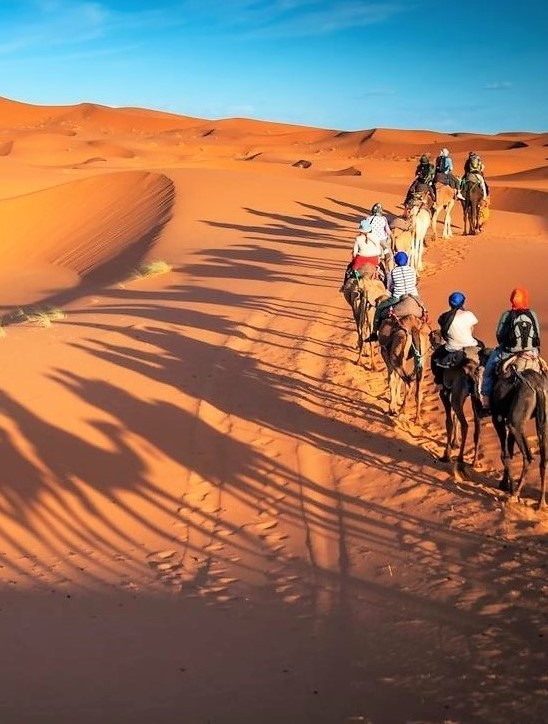

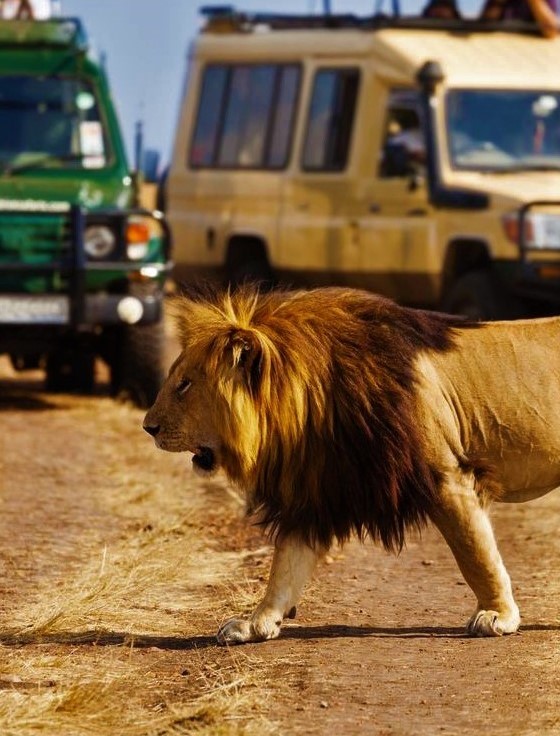

Before embarking on a safari trip, it is crucial to possess certain knowledge and equip yourself with appropriate luggage. A safari is an adventurous expedition that requires adequate preparation to ensure a safe and enjoyable experience. Here are some essential factors to consider before embarking on a safari journey:
Engage in thorough research about the location, climate, and wildlife prevalent in the safari destination. Proper planning ensures you make informed decisions regarding the timing, duration, and specific activities you wish to undertake during your trip. This information will assist in structuring your itinerary accordingly. Consult with a healthcare professional or a travel clinic well in advance to learn about the required vaccinations and health precautions for the safari destination. Depending on the location, certain vaccinations like yellow fever, hepatitis, or malaria prophylaxis might be necessary. Ensuring your health is protected is vital for a trouble-free safari experience. When it comes to safari luggage, packing light yet functional is advisable.
Opt for neutral-colored clothing to blend with the environment and prioritize lightweight, breathable fabrics. Essential items include comfortable walking shoes, a wide-brimmed hat, sunglasses, insect repellent, and sunscreen. It is also recommended to include a pair of binoculars, a camera, and spare batteries to capture the mesmerizing wildlife moments.

What Nature Prepares For Us On A Safari:
– see lions, leopards, elephants, buffaloes, and rhinos, roaming freely in their natural habitat
– flavors and culinary heritage of the region
– luxurious lodge and stunning landscapes
– unique cultural encounters
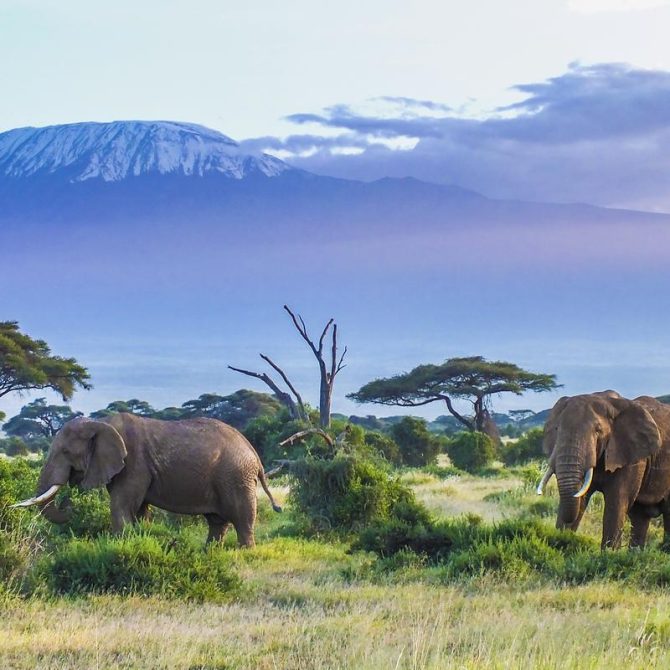
Obtaining comprehensive travel insurance is highly recommended before setting off on a safari. This will protect you against unforeseen circumstances such as medical emergencies, trip cancellations, or lost luggage. Ensure that your insurance policy covers safari activities and provides adequate coverage in remote areas. Safari trips involve encounters with exotic wildlife and indigenous communities. It is essential to respect the natural habitat and observe animals from a safe distance, following the guidance of experienced guides.
Familiarize yourself with local customs, etiquette, and wildlife conservation efforts to ensure a responsible and sustainable safari experience. Choosing a reputable and experienced safari operator is crucial. Research different companies, read reviews, and verify their credentials to ensure they comply with safety standards, have knowledgeable guides, and operate ethically. This will enhance your safari experience and contribute to the preservation of the environment and wildlife.
Embarking on a safari trip requires adequate knowledge and careful planning. Conduct thorough research, fulfill necessary health requirements, pack appropriate clothing and equipment, secure travel insurance, and respect wildlife and local customs. By following these guidelines, you can maximize your enjoyment and have a memorable and safe safari experience.
Best 5 Destination Ideas For A Safari
Discover an unforgettable safari vacation and let yourself in the mesmerizing wilderness of nature. This extraordinary adventure will offer you a unique blend of thrill, serenity, and wildlife encounters, promising an experience like no other.
1. Ranthambore National Park (India)
Ranthambore National Park, located in the northeastern state of Rajasthan, India, is one of the country’s most renowned and picturesque wildlife sanctuaries. It spans approximately 392 square kilometers and is dominated by a majestic fortress that dates back to the 10th century. The park’s spectacular biodiversity and exquisite landscapes have earned it recognition as one of the best places in India for wildlife enthusiasts and nature lovers to explore.
Ranthambore National Park is particularly famous for its thriving population of majestic Royal Bengal Tigers. These elusive creatures roam freely within the park’s boundaries, offering visitors a unique opportunity to witness them in their natural habitat. The park’s fascinating topography, characterized by lush greenery, deep valleys, and serene lakes, further enhances the allure of encountering these magnificent beasts.
Aside from tigers, Ranthambore National Park is also home to a plethora of other fascinating wildlife species. The park boasts a rich diversity of flora and fauna, including leopards, sloth bears, Indian gazelles, Indian striped hyenas, and various species of birds. The tranquil Padam Talao and Raj Bagh Talao lakes within the park attract a wide variety of migratory birds, making it a paradise for birdwatchers.
Exploring Ranthambore National Park is an unforgettable adventure. Jeep safaris and canter rides are popular options for visitors to explore the park’s extensive network of trails and catch a glimpse of its diverse wildlife. The park offers well-organized guided tours that ensure visitors have a safe and informed experience while witnessing the mesmerizing beauty of nature.
Apart from its exceptional wildlife, Ranthambore National Park also holds cultural significance. The imposing Ranthambore Fort, a UNESCO World Heritage Site, provides a captivating glimpse into the region’s historical and architectural wonders. The fort, perched atop an elevated plateau, offers commanding views of the park and its surrounds, further enhancing the overall visitor experience.

2. Serengeti (Tanzania)
Serengeti, located in Tanzania, is a renowned destination that leaves visitors in awe of its natural beauty and abundant wildlife. Covering an area of approximately 12,000 square miles, this iconic national park is truly a safari enthusiast’s paradise.
Known for its vast, sweeping plains and breathtaking landscapes, the Serengeti is home to one of the most remarkable wildlife spectacles on the planet – the Great Migration. Each year, millions of wildebeest, accompanied by zebras and other herbivores, embark on a tremendous journey in search of greener pastures. This epic migration, characterized by perilous river crossings and thrilling predator-prey interactions, showcases the raw power and intensity of nature at its finest.
The Serengeti boasts an incredible diversity of wildlife, including the iconic African Big Five – lions, elephants, rhinoceroses, leopards, and buffalos. Alongside these majestic creatures, visitors can also spot cheetahs, giraffes, hyenas, and a plethora of bird species. This rich biodiversity, combined with the captivating backdrop of the savannah, ensures an unparalleled safari experience that lingers in the hearts and minds of all who visit.
Tanzania’s commitment to conservation and sustainable tourism has made the Serengeti a well-preserved sanctuary, supporting the delicate balance of nature within its borders. The park offers a range of accommodation options, from luxury lodges to traditional tented camps, ensuring visitors can unwind in comfort while immersing themselves in the untamed wilderness.
Beyond the wildlife, the Serengeti holds cultural significance as the ancestral lands of the Maasai, a nomadic tribe famous for their distinctive red attire and rich heritage. Encounters with the Maasai people provide an insight into their captivating rituals, traditions, and deep connection with the land.

3. Yala National Park (Sri Lanka)
Yala National Park, located in the south-eastern region of Sri Lanka, is renowned for its extraordinary biodiversity and is considered one of the premier wildlife destinations in the country. Covering an area of approximately 1,259 square kilometers, the park offers a diverse range of ecosystems, from dense forests to grasslands and lagoons, which provide a habitat for numerous species of flora and fauna.
One of the main attractions of Yala National Park is the thriving population of Sri Lankan leopards. It is believed to have one of the highest densities of these elusive creatures in the world, making it an exciting destination for wildlife enthusiasts and photographers. The park also boasts a rich birdlife, with over 200 species recorded, including the endemic Sri Lanka grey hornbill, the crimson-fronted barbet, and the black-capped bulbul.
Yala National Park, located in the south-eastern region of Sri Lanka, is renowned for its extraordinary biodiversity and is considered one of the premier wildlife destinations in the country. Covering an area of approximately 1,259 square kilometers, the park offers a diverse range of ecosystems, from dense forests to grasslands and lagoons, which provide a habitat for numerous species of flora and fauna.
One of the main attractions of Yala National Park is the thriving population of Sri Lankan leopards. It is believed to have one of the highest densities of these elusive creatures in the world, making it an exciting destination for wildlife enthusiasts and photographers.
The park also boasts a rich birdlife, with over 200 species recorded, including the endemic Sri Lanka grey hornbill, the crimson-fronted barbet, and the black-capped bulbul. Yala National Park in Sri Lanka presents an incredible opportunity to witness the country’s diverse wildlife and immerse oneself in the wonders of nature.
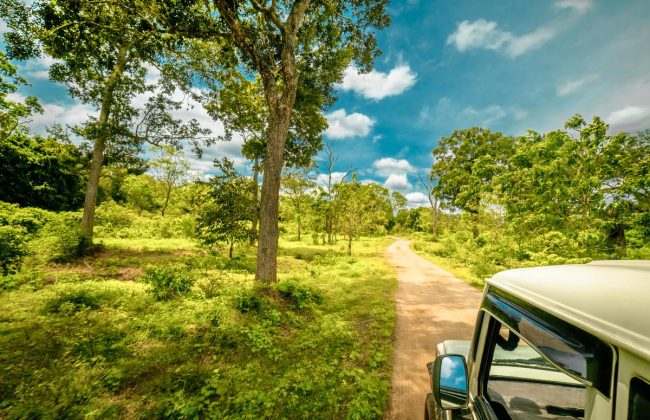
4. Kalahari Desert (Botswana)
The Kalahari Desert, located primarily in Botswana, is a vast and captivating expanse of arid land that stretches across southern Africa. Covering an area of approximately 900,000 square kilometers, it is the world’s sixth-largest desert. Its unique geography and rich biodiversity make it a truly remarkable and renowned destination.
The Kalahari Desert is not a typical desert with endless sand dunes, but rather a semi-arid landscape with scattered grasslands, shrubs, and occasional trees. It is distinct for its red sand and expansive salt pans, which create a striking contrast against the blue skies. Despite its seemingly harsh conditions, the Kalahari Desert supports a surprising variety of life, showcasing the adaptability and resilience of its flora and fauna.
One of the most iconic inhabitants of the Kalahari Desert is the majestic African lion. This desert region is renowned for its impressive population of these big cats, which have adapted to the challenging environment. Visitors to the Kalahari may have the opportunity to witness the extraordinary sight of lions traversing the vast plains or resting under the shade of an acacia tree.
Moreover, the Kalahari is home to several indigenous communities, such as the San people, also known as the Bushmen. These communities have inhabited these lands for thousands of years, preserving their traditional ways of life and embracing their profound connection with nature. Spending time with the San people offers a unique cultural experience, showcasing their ancient knowledge of survival in the desert and their harmonious coexistence with the environment.
Despite its arid nature, the Kalahari Desert boasts a surprising variety of wildlife. Apart from lions, visitors can encounter other iconic African animals such as cheetahs, leopards, giraffes, zebras, and numerous antelope species.
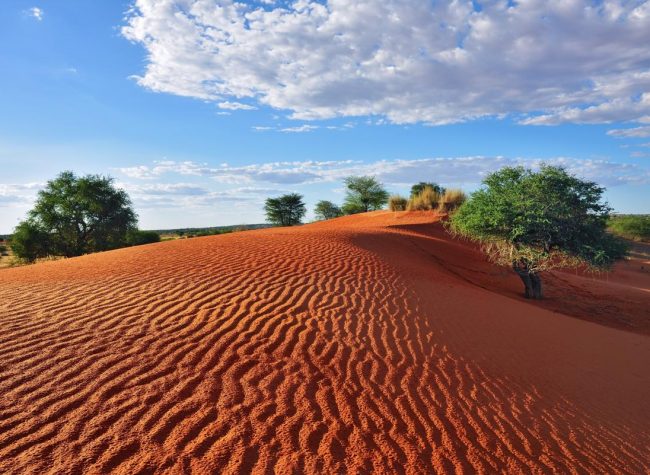
5. Kruger National Park (South Africa)
Kruger National Park, located in South Africa, is one of the largest game reserves in Africa. Spanning an area of approximately 19,485 square kilometers, the park is renowned for its exceptional biodiversity and rich wildlife.
The park encompasses different ecosystems, including grassy savannahs, dense woodlands, and rugged mountains, creating a diverse habitat for a wide variety of animal and plant species.
Visitors to Kruger are greeted with a remarkable opportunity to spot Africa’s iconic Big Five game animals, including lions, elephants, buffalos, leopards, and rhinoceroses. However, the park is home to much more than just these famous creatures. Alongside the Big Five, visitors can enjoy sightings of cheetahs, giraffes, zebras, hippos, and numerous antelope species, as well as an abundance of birdlife. Venturing into Kruger National Park presents a unique chance to experience an authentic African safari. The park offers a range of accommodation options to suit various preferences, from luxury lodges to self-catering cottages and camping sites.
Guided game drives, both during the day and night, allow visitors to explore the park’s vast landscapes and encounter wildlife in their natural habitats. Walking safaris and bushwalks are also available for those seeking a closer connection with nature.
Aside from its wildlife, Kruger National Park boasts a rich cultural heritage. The park is home to archaeological sites and impressive rock art, displaying the history and creative expression of ancient civilizations. Visitors can learn about the local indigenous cultures, such as the Shangaan people, who have lived in the region for centuries, and gain insights into their traditions, rituals, and way of life.
Conservation plays a vital role in Kruger National Park, with efforts focused on protecting its diverse ecosystems, wildlife, and promoting sustainable tourism. The park’s management works diligently to combat poaching, ensure the well-being of animals, and maintain the delicate balance of nature within its boundaries.
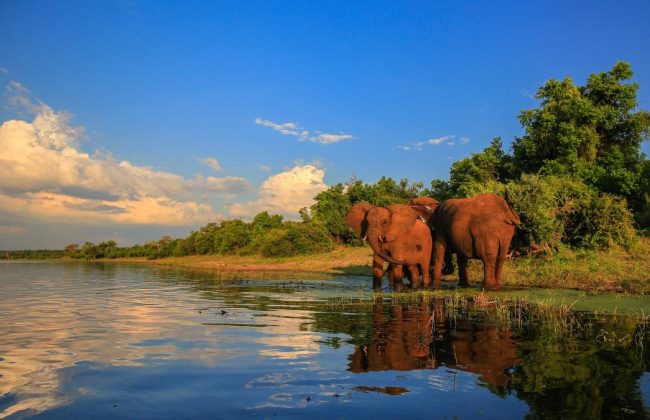
Safari is as an exceptional destination for wildlife enthusiasts, nature lovers, and anyone seeking an unforgettable safari experience. Its awe-inspiring landscapes, remarkable biodiversity, and dedication to conservation make it a top choice for those looking to immerse themselves in the beauty and uniqueness of natural heritage.



